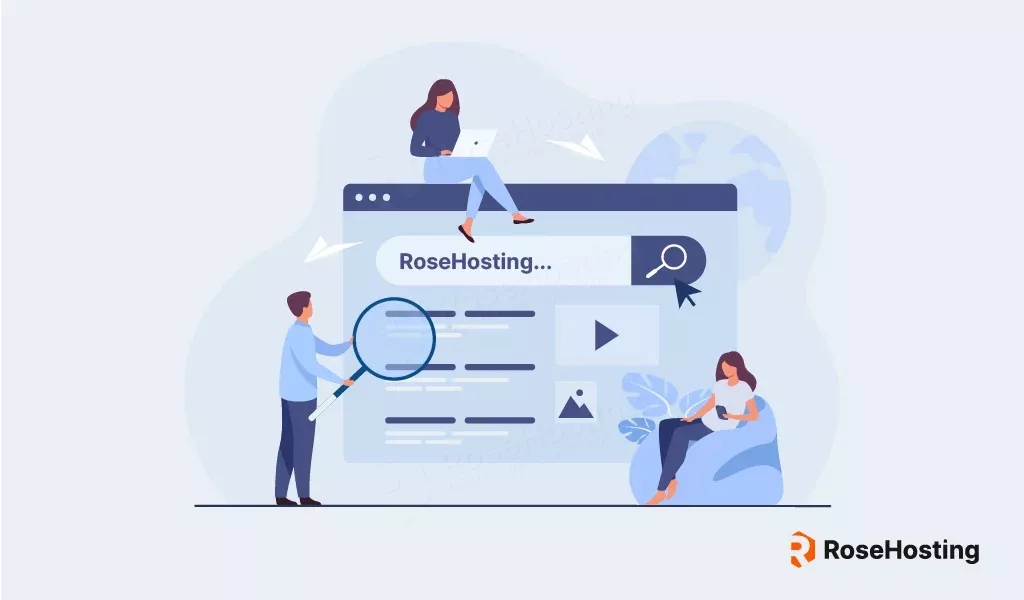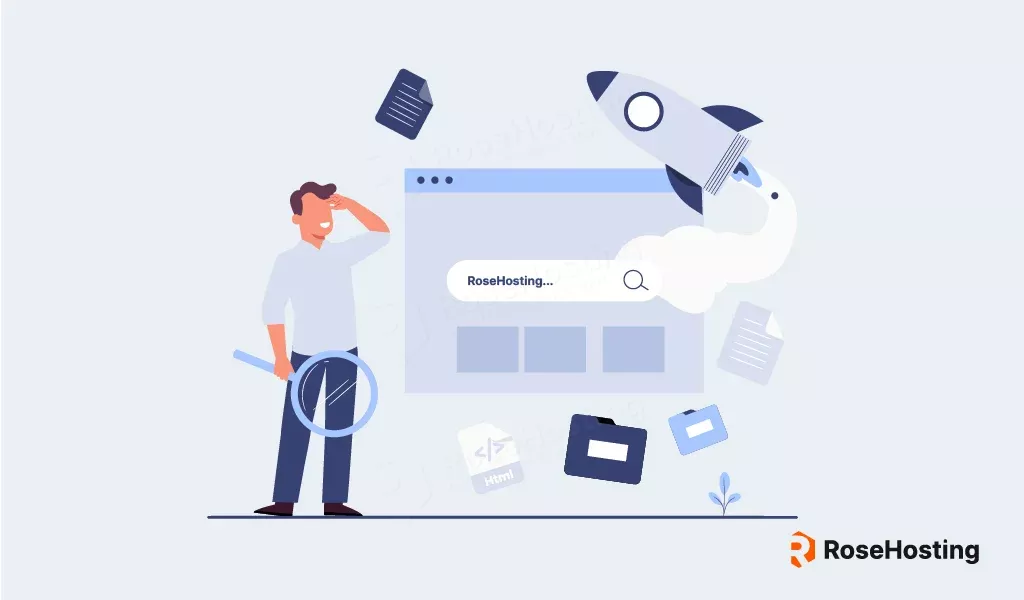
Boosting organic traffic is a crucial part of establishing a strong online presence. With that said, finding ways to boost your organic traffic is becoming increasingly difficult to accomplish.
Analyzing search engine algorithms, maintaining a great user experience, and creating content people want to click on is a time-consuming effort that can even drain your resources. However, if done right, increased organic traffic can help you a lot. You could earn money from blogging, establish your brand, and grow any business online.
Table of Contents
The Importance of Organic Traffic

Despite its challenges, many still try to boost organic traffic, and for good reason. The benefits of increasing organic traffic simply outweighs the obstacles that come with it.
Having non-paid marketing campaigns allows you to promote your brand on different channels. Promoting your brand gets more eyeballs on your website and strengthens your marketing efforts.
You’ll be present on multiple platforms and find it easier to build strong relationships with potential clients and partners. Not only that, you’ll also have a more diverse set of marketing campaigns. That allows you to get the most out of your marketing budget, which improves your ROI.
How to Increase Your Organic Traffic
To boost organic traffic, you need to understand your target audience, have robust SEO strategies, and be more present online.
Conduct target audience mapping
Figuring out who your target audience is and learning more about their goals, motivations, and intent are the first steps you should take to boost organic traffic. This information can help shape your overall marketing campaign. This will allow you to tailor your content according to the needs and preferences of your intended readers.
One way you can get that information is with target audience mapping. This process involves collecting relevant data about your target audience. You then group them into segments that influence how you communicate and market to them.
Depending on your preferences, your audience can be segmented according to location, pain point, and the platform you use to interact with them. You can group people according to their city or state for example. Additionally, you can make separate groups for your email subscribers and social media followers.
Effective segmentation, in turn, will help you personalize your messaging and create experiences that truly resonate with your audience. Making a simple tweak to your blog or improving your website’s user interface can make your brand more distinct. That kind of small change can convince people to come back to your website.
The level of personalization you can achieve with target audience mapping will help you create quality experiences that people will want to keep coming back to. If done consistently, this can help you satisfy your audience, build a loyal readership, and boost organic traffic.
Boost your organic traffic through robust SEO strategies
Before your website gets more clicks and views, you need to make sure that audiences actually see your content. Robust SEO strategies will help improve your rank on search engines and get you in the eyes of more visitors.
The effectiveness of these strategies is then measured by whether or not they address all areas of search engine optimization. This includes on-page SEO, off-page SEO, and technical SEO.
On-Page SEO
Besides ensuring that your content addresses your audience’s pain points and goals, you need to optimize your content for search engines as well.
Start by to on-page SEO best practices, like using SEO tools to determine which keywords to target. Doing so can help you plan your entire content strategy and narrow down which topics you should write about.
As you make your piece, be sure to have compelling meta descriptions and apply the correct headings. These can make your pieces more clickable and easier for audiences to read.
Making these changes will help your piece pop up the next time someone looks up your targeted keyword online. This in turn helps with boosting your organic traffic.
Off-Page SEO
Off-page SEO is the area of search engine optimization that website owners have significantly less control over. As the name suggests, it refers to SEO strategies that website owners have to do outside their site. Examples include getting mentions and backlinks from high-authority websites.
There are a handful of ways to optimize for off-page SEO, and one of these is by creating linkable assets. This can be anything that visitors might want to share with their audiences. This type of content usually involves data or findings about a specific topic or trend your industry is interested in.
Suppose the people in your industry are debating about what the best WordPress alternative is. In that case, you can make a roundup article listing different CMS platforms. Mention their key features and explain who would be the best fit for each CMS.
You can also conduct surveys and make case studies or infographics from the findings that you get.
Your content might then be linked and referenced by other websites in their blogs, giving your article more exposure. People reading their blog might be compelled to read more about your article and even see more of your website. Not only that, having linkable assets people often link to tells search engines that your content is valuable and should be seen by more people.
Website owners can also take a more direct approach to strengthening their off-page SEO by pitching to other websites. Pitching an idea to a website that accepts guest posts, or reaching out to a writer who might find your linkable assets valuable can improve your visibility and boost your organic traffic.
Lastly, you should also keep close tabs on who you’re linking to. Vetting the websites you link to and checking if they’re reputable helps you maintain a healthy backlink profile. Always make sure that the information you share is from trusted sources.
Technical SEO
Apart from content and backlinks, search engines also place significant importance on the structure of your website and the user experience you provide your visitors with. Technical SEO factors like crawlability, indexability, mobile responsiveness, and website speed are used by search engines to choose which websites to direct their visitors to.
Making your website easier to crawl and index will help search engines discover and understand your content and what your website is about. Improving your website’s crawlability and indexability is key here. Using sitemaps, robots.txt, and internal linking will help ensure that your audience can find your content.
Mobile responsiveness is also held highly by search engines, especially now that most people visit websites using their mobile phones. A responsive web design optimizes your website and helps make it functional when viewed on mobile screens. A mobile-friendly website helps guarantee that your visitors will enjoy a great user experience when visiting your website.
With one in four visitors leaving a site if it takes more than four seconds to load, it’s clear that website speed is crucial to both technical SEO and the overall user experience. How fast your web pages load can easily impact everything from search engine performance to sales and customer satisfaction. To improve page speed, you should optimize images, use a caching system, and look into content delivery networks if your needs demand it.
As you might have realized by now, optimizing for technical SEO requires a lot of care and technical expertise. To make sure you tick all the right boxes, it’s best if you have a website maintenance checklist and expert support you can depend on.
Paying attention to all three areas of SEO will help you become more visible. Visibility drives more visitors to your website and boosts its organic traffic.
Create great video content

Video content is now a powerful way of driving more people to your website and increasing its organic traffic. It’s no wonder why – videos can be engaging and shareable. Common social media platforms include Facebook, YouTube (the second largest search engine next to Google), and Twitter/X, which many people are on.
Some audiences might even prefer videos over other content. There’s research suggesting that people might consume up to 100 minutes of video content daily in 2024. This makes the continued popularity of video content something anyone should seriously take note of.
In saying that, don’t be too hasty with video creation or starting your own YouTube channel. Incorporating videos into your content strategy is no simple feat. Cameras, editing software, and other equipment cost a pretty penny. Not considering all factors might leave you with no marketing budget and zero ROI.
Before making videos, look into your internal data, check your competitors, and see if videos are popular with your target audience. Assessing whether you have the budget, the right platform, and the right type of audience will help you decide if making videos is right for you.
If this seems like the next logical step, then these next steps are for you. Choose the right platform to post on, study its algorithms, and set the right KPIs for your videos. Prepping for success and measuring performance will help you produce videos that increase your organic traffic.
Have your own podcast
Another way to reach more audiences is by having your own podcast and making it available on Apple, Spotify, and other popular podcast platforms.
Podcasting can help you share more of your story and make your brand more distinct from your competitors. Creating episodes centered on your story, products, and inviting other industry experts on your podcast can help establish your presence in the industry even further.
To produce the best podcast episodes, be sure to have good content and good equipment, and optimize for each platform’s search engine. Covering great topics, having quality audio and video, and making tags and descriptions with all the right keywords can give you access to a wider audience.
If all goes well, listeners that enjoy your podcast can start to want to learn more about you and visit your website, boosting its organic traffic.
Partner with influencers
Even before online businesses took off, having a solid network and partnering with the right brands is effective in strengthening your brand.
Collaborating with influencers with a similar audience can help refine your approach and allow you to reach people who are likely already interested in your brand or what you offer. Directly getting in touch with such an audience can save you so much time and give you the opportunity to make the most out of your resources.
What makes partnerships and collaborations so much better is that they can come in different forms. This in turn, gives you the freedom to choose what type of collaboration you want to be a part of.
If you’re in the food industry, you can give influencers restricted access to your restaurant or offer them free food in exchange for being featured in their vlog or article.
If you’re selling a product, you can send influencers samples and ask them to share their honest review with their audience.
The right partnership can give you more exposure, drive people to your website and boost your organic traffic.
To have such a partnership, choose an influencer whose audience, tone, and values match yours. This will make room for smoother collaboration and ensure that the influencer you’re working with understands your brand and what you want to achieve. Keeping these things in mind will help you make partnerships that all brands involved can benefit from.
Conclusion
Boosting traffic organically is a challenge that becomes easier to overcome as you gather the right combination of strategies. Target audience mapping, addressing all aspects of SEO, making different forms of content, and participating in collaborations strengthen your online presence and drive more people to your website.